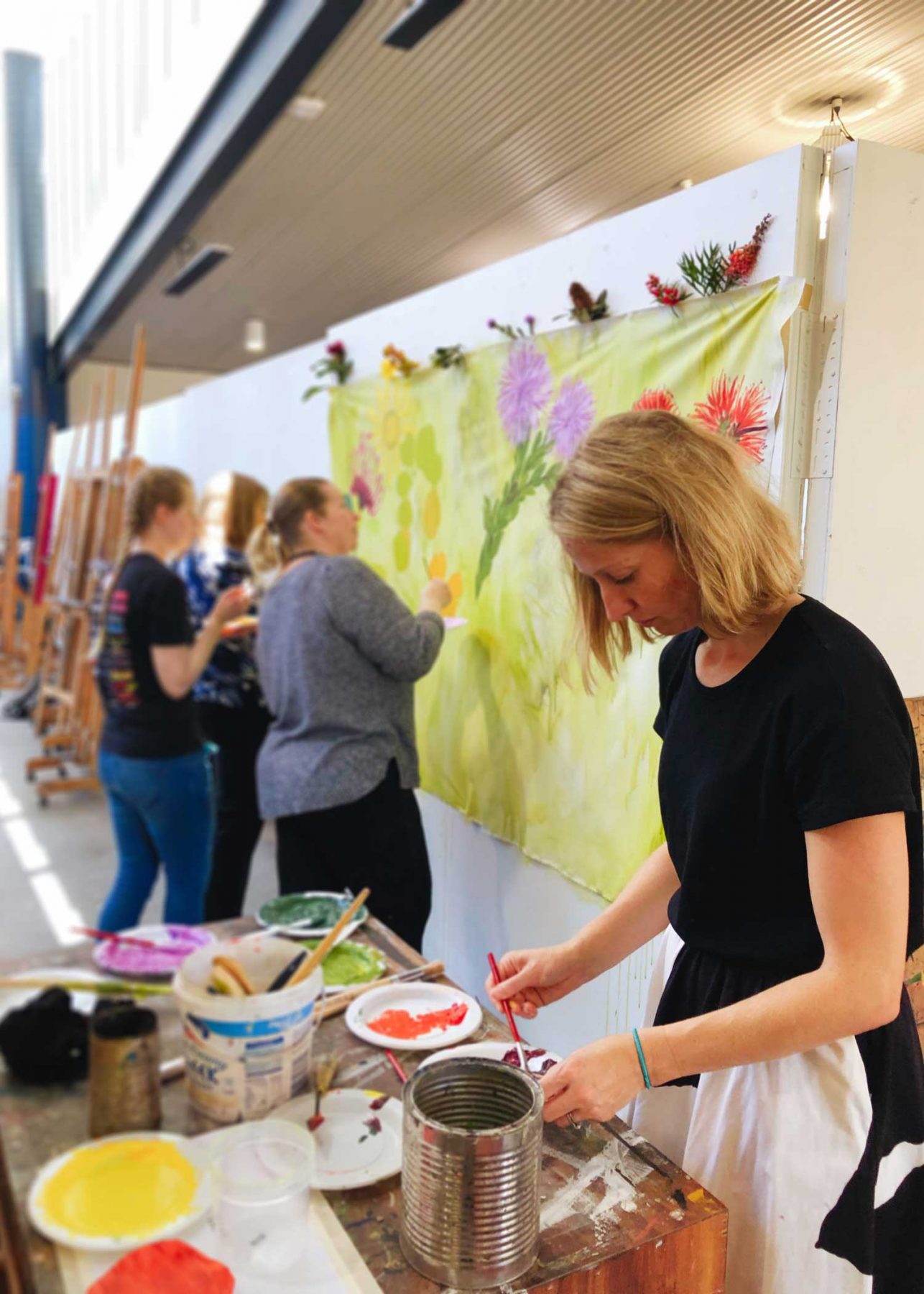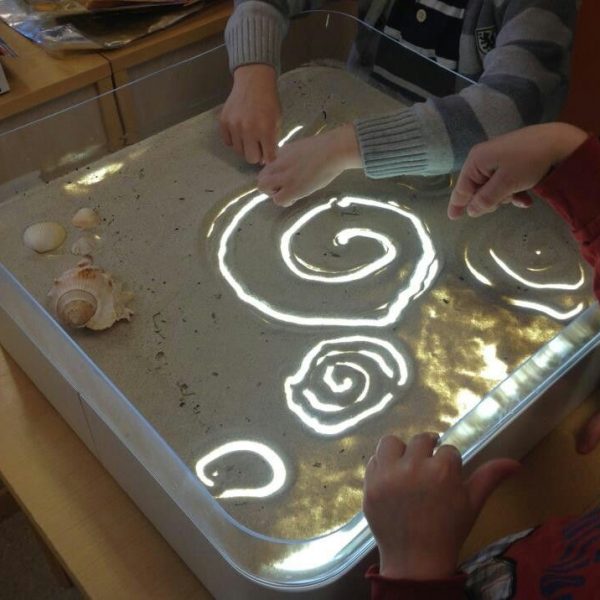Newcastle Uni academic shares reconciliation journey, which started with her 4 year old

Dr Julia Coffey from the University of Newcastle recently shared a reflection on her journey toward Reconciliation, sharing that her interest in learning more about the issue was sparked by her child returning from pre-school and sharing insights about her own learning.
The Sector has put together excerpts of her reflection not only to showcase the valuable role that early childhood education and care (ECEC) services play in promoting a reconciled Australia, but also to support those ECEC professionals who are undertaking journeys of their own.
“The house I live in is on Darkinjung Country,” Dr Coffey began. “The backyard blends into the dense bush of the National Park. There is a bush track that leads up a steep hill to the ridgeline. The track leads to a marked Aboriginal site, where water still pools in grinding grooves.”
“The rock platform is cracked and worn, but the faint outlines of petroglyphs, ocean creatures etched into the rock, are still visible. These markers are physical traces of the world’s oldest living culture. The outline of the carvings is gradually disappearing back into the sandstone.”
“These traces have made their mark in me. They speak to me of deep, sharp injustice. Understanding the violence and cultural destruction Aboriginal and Torres Strait Islander people suffered through colonisation is unfathomable.”
Dr Coffey’s true reflection and connection began when her child came home from preschool talking about the Darkinjung people. “They are the land, the sea and the sky people, mummy.”
Following her daughter’s sharing, and with her interest piqued, Dr Coffey then attended an on campus event with Aunty Bronwyn Chambers, Elder in Residence at the Wollotuka Institute at the University of Newcastle’s Ourimbah campus.
Aunty Bronwyn has also taught Darkinjung words to the children at the on campus KU Preschool, as well as sharing stories and songs.
“I wanted to go along to hear her stories and be a part of the community,” she explained.
“The art project was the highlight of my week for each of the four weeks it ran. We were given an introduction to Aboriginal and Torres Strait Islander art styles. We learned about the ways patterns, symbols, were the outcomes of connections to particular places (and much more diverse than ubiquitous dot-paintings).”
“We were encouraged to look at the land, the plants and wildlife, and our feelings of connection on campus. “Work with that”, Aunty Bronwyn told us.”
Although Dr Coffey is pleased her journey to reconciliation has begun, she lamented that much of her life has been spent in ignorance of the true issues for First Nations people.
“I wish I’d been taught about Aboriginal and Torres Strait Islander history – the true history of this country – throughout my life,” she said. “It wasn’t until I was at University I learned about the dispossession and abuses Aboriginal and Torres Strait Islander people have suffered under colonialism, and the intergenerational traumas that have resulted.”
She empathised with the fact that, in a country where Aboriginal and Torres Strait Islander knowledge and justice is so deliberately marginalised and sidelined, efforts to learn and to act as an ally, can be a fraught and individual pursuit.
“In the face of such overwhelmingly large injustice, brutality, and violence – at all levels of society, culture, and institutions – where can a white person begin?” she asked, before suggesting a number of options.
“We must locate ourselves before we do anything else. Before we even begin to approach reconciliation, as a nation, we must confront and name the racism and white cultural domination upon which Australia was created.”
Individual efforts towards reconciliation are valid and important, but they must be grounded in an understanding of racism, and precisely how and where it happened – in the local places we work, live, and places we visit. The Massacres Map, created by Professor Lyndall Ryan at the University of Newcastle, is a searing visual of the scale and breadth of our colonial violence.
“If we don’t address systemic and structural racism, we will allow injustices to continue,” she continued.
“If we start from the position that Aboriginal and Torres Strait Islander inequalities are caused by racism, we will seek to create structural and institutional changes through establishing Treaties, recognition of Sovereignty, Land and Water Rights, increasing political representation and power, and holding people in positions of authority to account. The Uluru Statement from the Heart sets out the structural reforms needed to fundamentally shift the way that this country engages with Aboriginal and Torres Strait Islander people.”
“It should not be up to Aboriginal and Torres Strait Islander people to educate everyone else about racism. Non-Indigenous people can seek to learn by seeking out the wide array of information available. Read books by Aboriginal and Torres Strait Islander authors, articles by Aboriginal and Torres Strait Islander scholars. Follow Aboriginal and Torres Strait Islander activists and artists on social media. Donate to First Nations organisations like Pay the Rent. Read, listen, reflect,” she suggested.
With today being the last of National Reconciliation Week , and the 2021 theme being ‘More than a Word: Reconciliation Takes Action’, Dr Coffey suggested that personal actions supporting community efforts geared to calling out the systemic causes of inequity are “a good place to start.”
To read the original coverage of this story, please see here.
Popular

Quality
Practice
Provider
Research
Workforce
Honouring the quiet magic of early childhood
2025-07-11 09:15:00
by Fiona Alston

Policy
Practice
Provider
Quality
Workforce
Minister Jess Walsh signals urgent action on safety and oversight in early learning
2025-07-11 08:45:01
by Fiona Alston

Workforce
Policy
Quality
Practice
Provider
Research
The silent oath: Why child protection is personal for every educator
2025-07-17 09:00:31
by Fiona Alston











